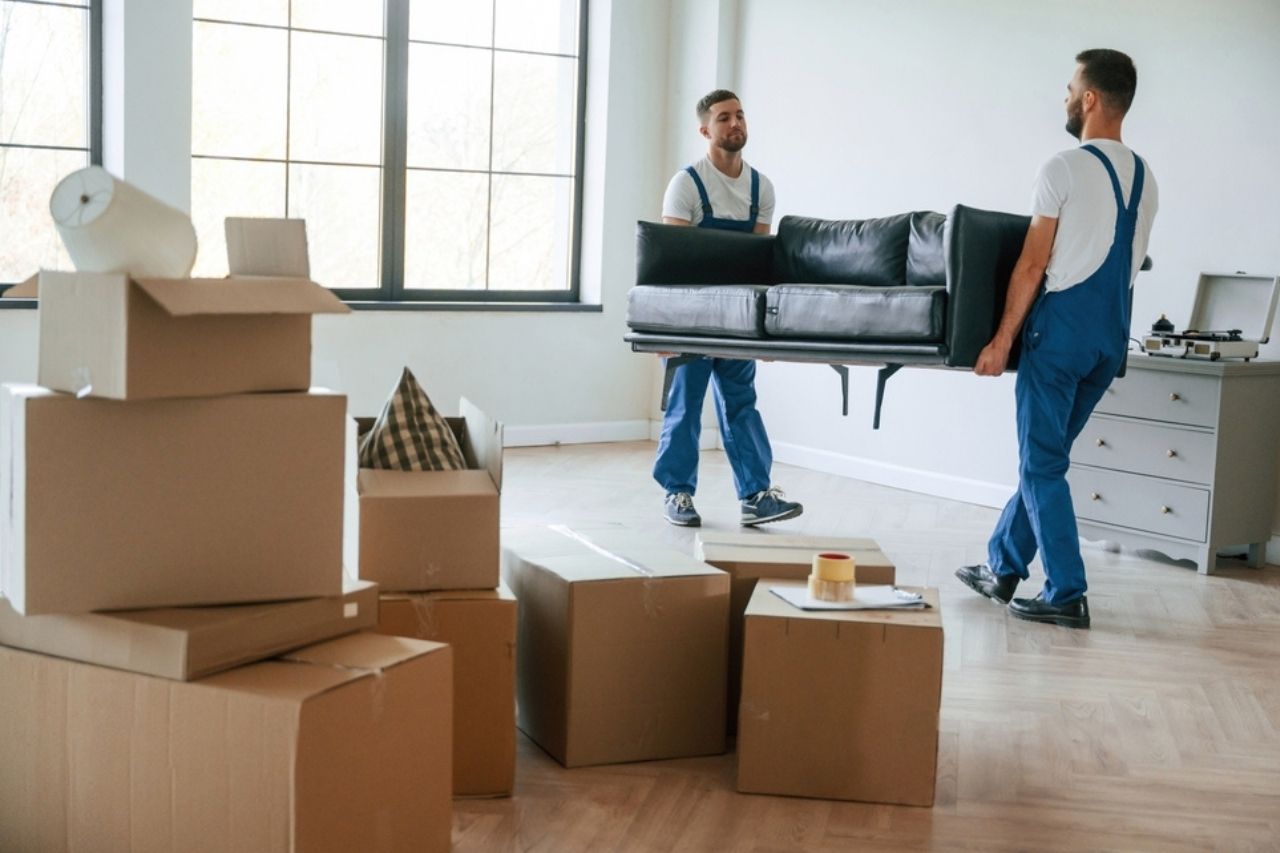How to Move Furniture Into a Second Floor Apartment: Best Practices
Buying new furniture, along with upgrading your décor, is one of the most enjoyable aspects of relocating. Still, with all the excitement of the process, you may have forgotten think about how to move furniture into a second floor apartment.
The issue of relocating furniture to the second floor
If the furniture is positioned on the first, second, or even third story, you’ll need to think about how you’ll move it there from the ground floor through the stairs. It may not be possible to live alone and in shared housing or if the furniture is too large and heavy.
This issue can also affect business enterprises. For example, many interior design firms are discovering that internet sales are rising, which is fantastic for revenue but challenging to keep up with logistically — no one wants to be hauling large furniture upstairs on a regular basis.
When transporting furniture to above-ground floors, there are a few things to consider.
One of the most prevalent causes of workplace harm is improper manual lifting, so you must follow basic manual handling guidelines. These can also serve as helpful guidance on carrying furniture when relocating. For example, men should not attempt to handle anything more than 25kg, while women should not lift anything heavier than 16kg, according to the Manual Handling Operations Regulations 2002. Because the maximum safe weight of an object is determined by how high it must be carried, carrying heavy furniture such as sofas to higher levels via the stairs is virtually impossible.
It’s difficult enough to move into or out of any home. When you reside on the second or higher level of a condo or apartment, dealing with stairs or an elevator adds to the problem. Follow these suggestions to make the procedure run more smoothly.
Stairs
Here are the tips for using stairs:
- When using the stairs, go slowly and cautiously, and take regular breaks to avoid weariness.
- Don’t try to navigate the stairwell by yourself, as this might be risky if you’re carrying heavy furniture or boxes. Instead, enlist the help of at least one other person, ideally two.
- Use shoes with good treads for a solid hold on the floor and the outside pavement. When doing the heavy lifting, use thick gloves. Wear a back brace if you need more core support.
- Make sure there’s a clear passage to and from the stairwells, as well as along the stairwells themselves. You don’t want to trip when hauling large items down the stairs.
- Disassemble furniture with projecting legs or other protruding elements for more uncomplicated handling.
- Large pieces of furniture should be measured to verify that they will fit through stairwells, tight corners, and narrow corridors. After multiple flights, you don’t want to find out that your sofa won’t fit around the final bend.
- Determine how you’ll transport massive furniture with two persons. For example, one of you can say “step,” and you will both take one stair step. Because this is the heaviest portion of the furniture, place the stronger person at the bottom.
Elevator
Elevators can assist you to go to or from a higher floor quickly. Plan to move on a weekday when fewer people will be using the elevator and passing through the corridors because they will be at work or school.
The building manager must approve the move at least two weeks ahead of time. They may be able to set out a specified time for the procedure and may even give the use of the service elevator so that other residents are not inconvenienced. Make sure you have written confirmation of your reservation time.
To verify that your bigger items will fit, measure the width and height of the elevator doors as well as the elevator inside. Use the elevator key to keep the elevator on your floor with the doors open to reduce the number of trips you have to make. Then fill the inside as much as possible. Take into mind, however, the elevator’s maximum weight capacity. At least one person should be on the loading level and another on the unloading floor so that your items are constantly visible to someone.
Furniture hoists are the answer
When it comes to furniture removals, furniture hoists are quickly needed. For example, if your home or business has narrow hallways or you live in an upper-level flat, you can hire a furniture hoist to help you move heavy furniture up to a window or balcony without having to lift it. This means that your belongings will be less damaged throughout the relocation procedure.
What is the mechanism of a furniture hoist?
Furniture hoists, also known as external elevators, are hydraulically-powered platform lifts with a large capacity for transferring all types of heavy furniture pieces, increasing productivity and reducing the risk of harm from lifting. Simply place the object on the platform and raise it to the window.
Furniture hoists are ideal for delivering large furniture items and may be used on buildings up to six stories high. It can squeeze through doorways and work in odd situations like the garden, the home side, or restricted parking spots. Furniture hoists save the bother of carrying large furniture for residential and business relocation.
How to move furniture into a second floor apartment? It’s difficult enough to move into or out of any home. When you reside on the second or higher level of a condo or apartment, dealing with stairs or an elevator adds to the problem. Follow these suggestions to make the procedure run more smoothly.




